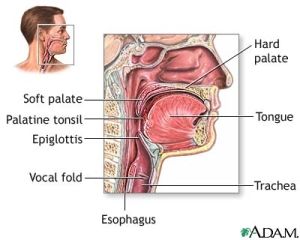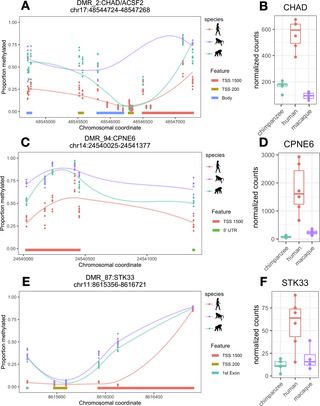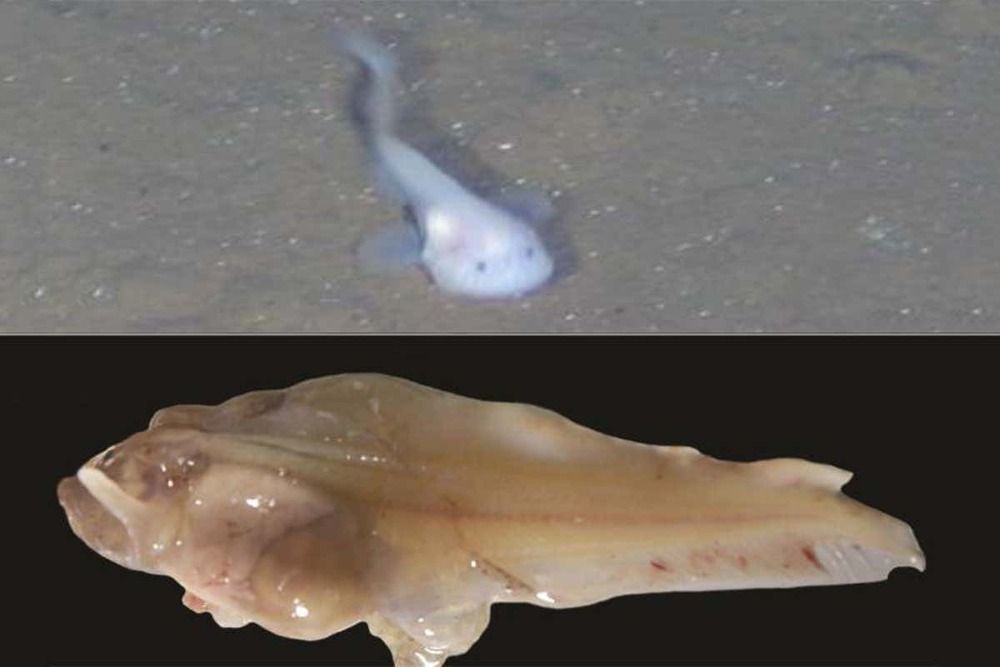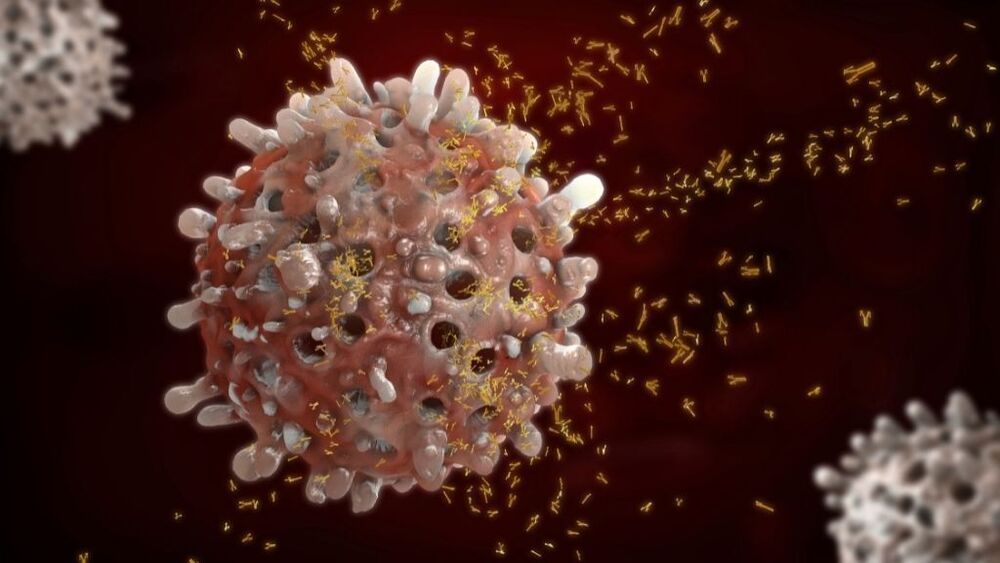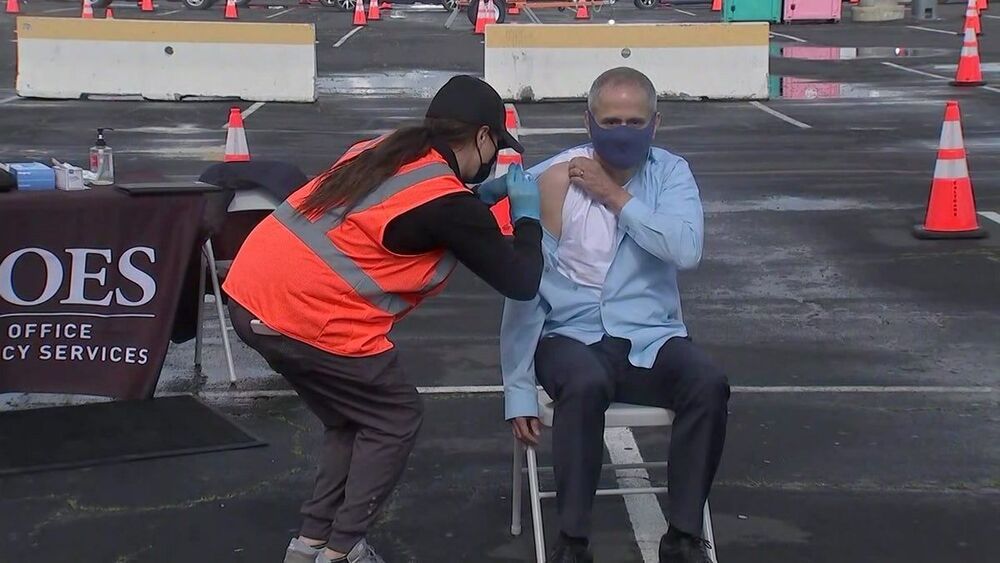At Rehab, a nurse explained to me that my swallowing problem was caused by weak muscles in the esophageal sphincter. That information stimulated me to create my own therapy for the esophageal sphincter. I wrote out the transcript for the therapy, and a lady named Collette read it into a recorder. I listen to the recording several times a day. My swallowing problems resulted in a feeding being inserted up my nose. The therapy makes it possible for me to eat oatmeal, grits, eggs, pasta & beef, and corn flakes. After passing the swallowing test last Friday, the Speech Pathologist sent me to the Emergency Room, where they pulled the feeding tube from my nose.
Dysphagia refers to the difficulty in swallowing after a stroke. It is a problem that can be easily managed with proper medical care.
